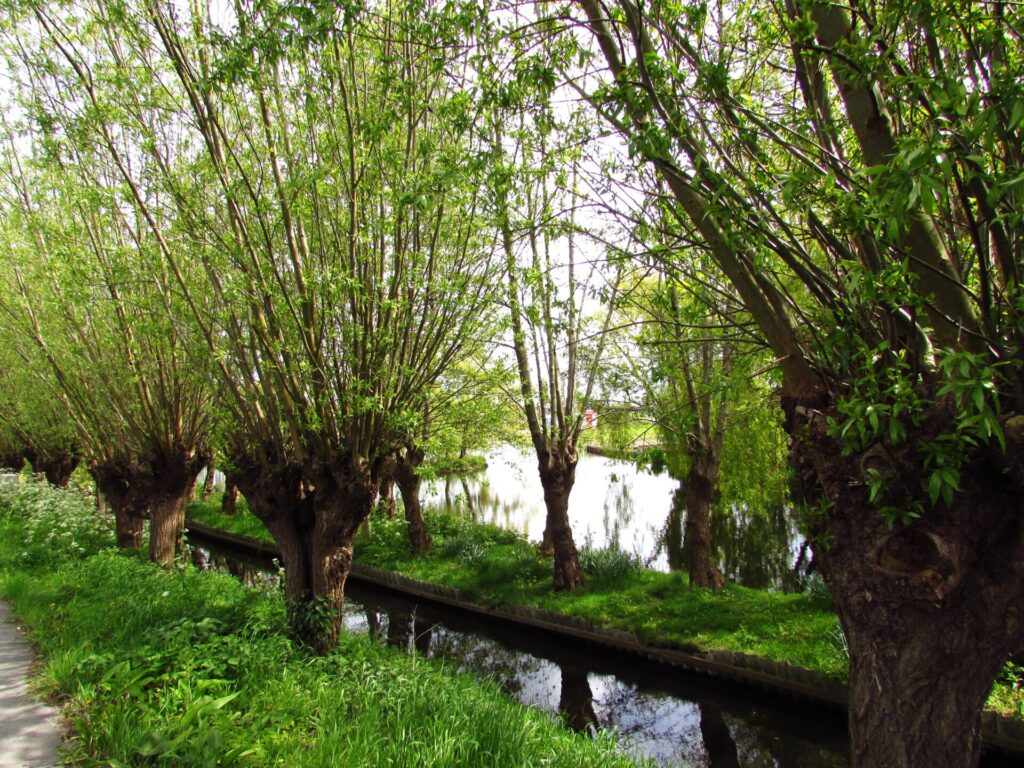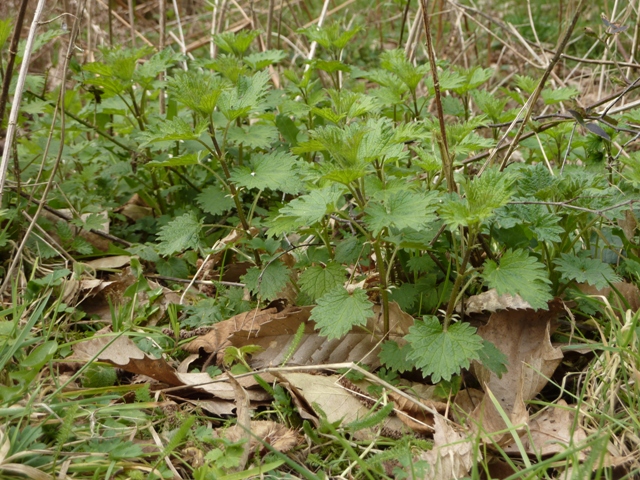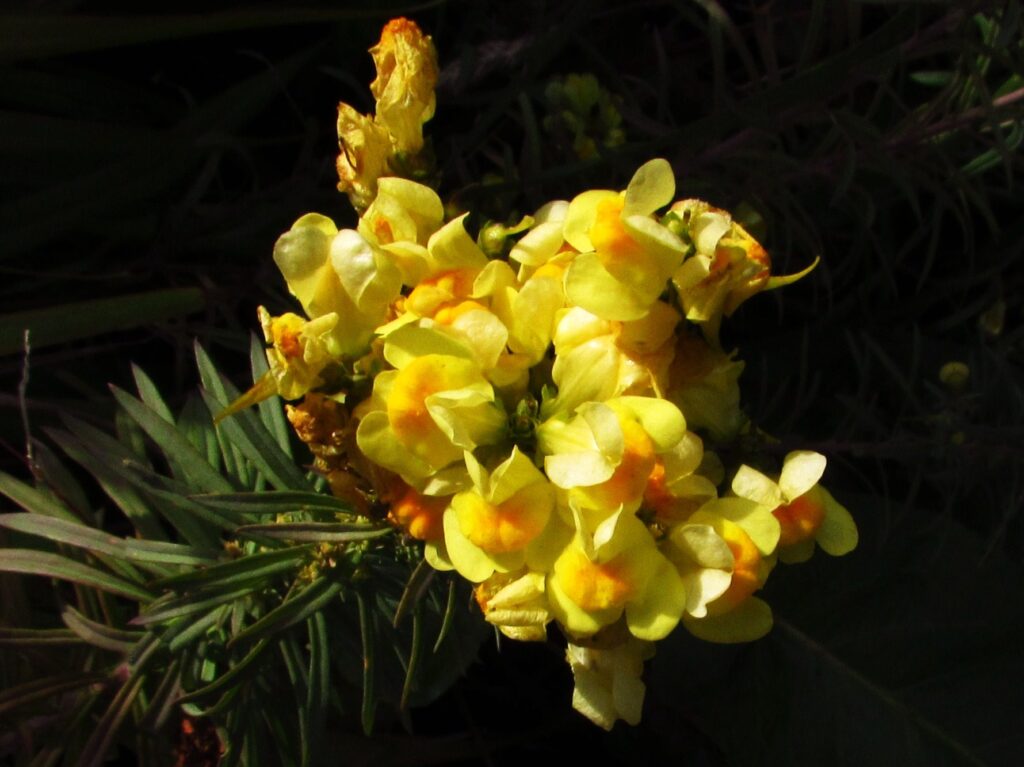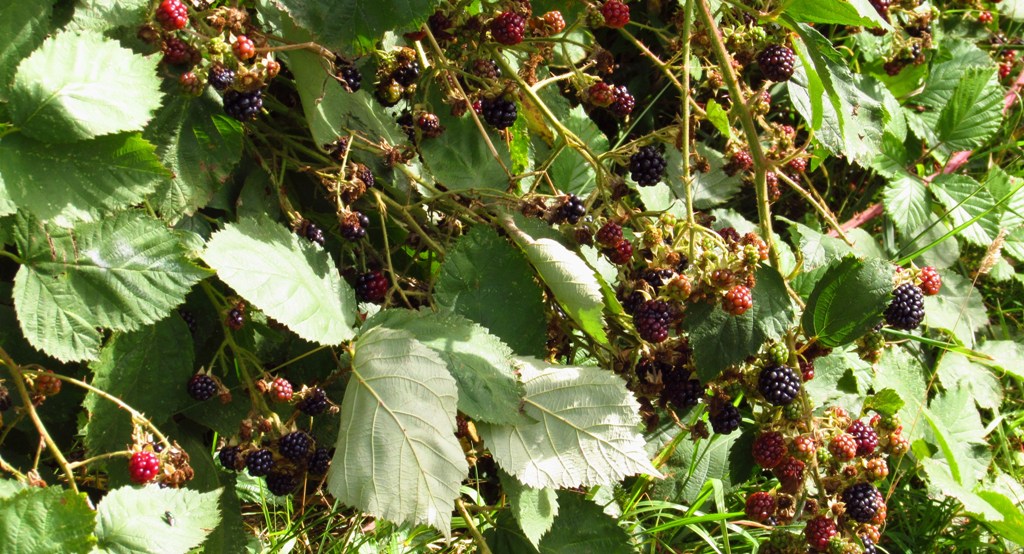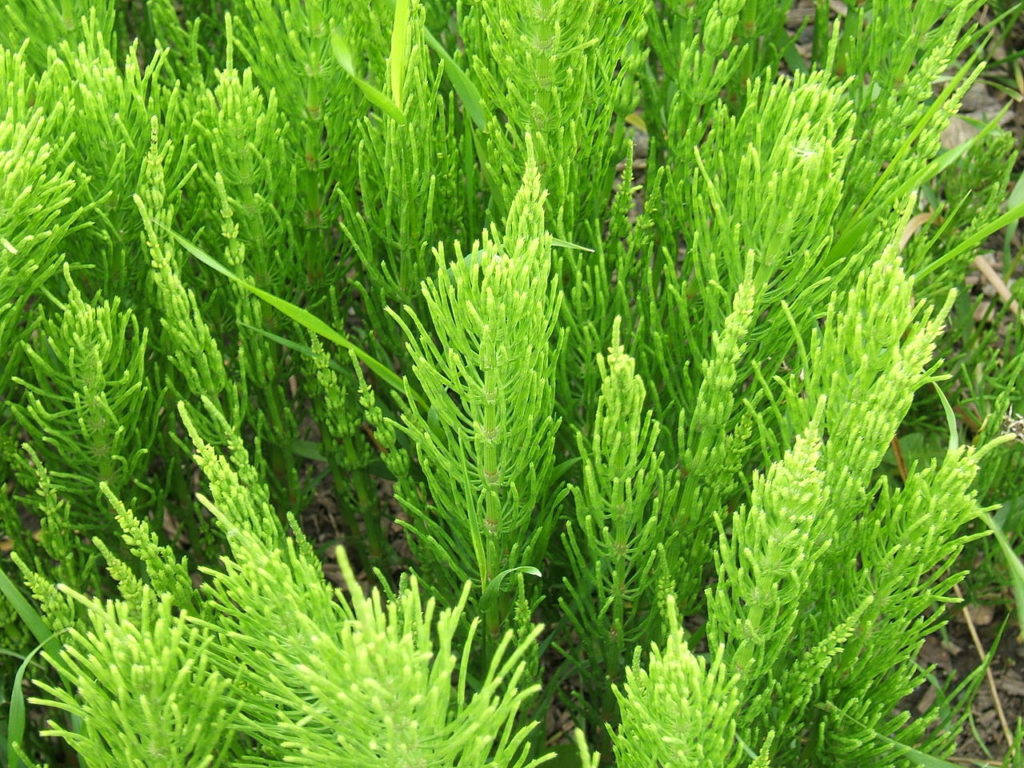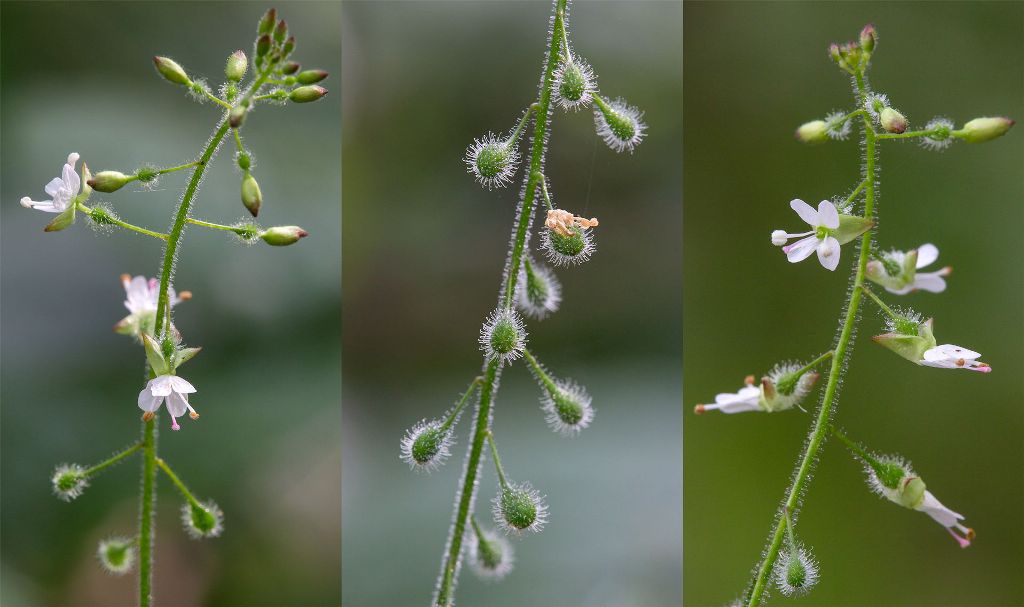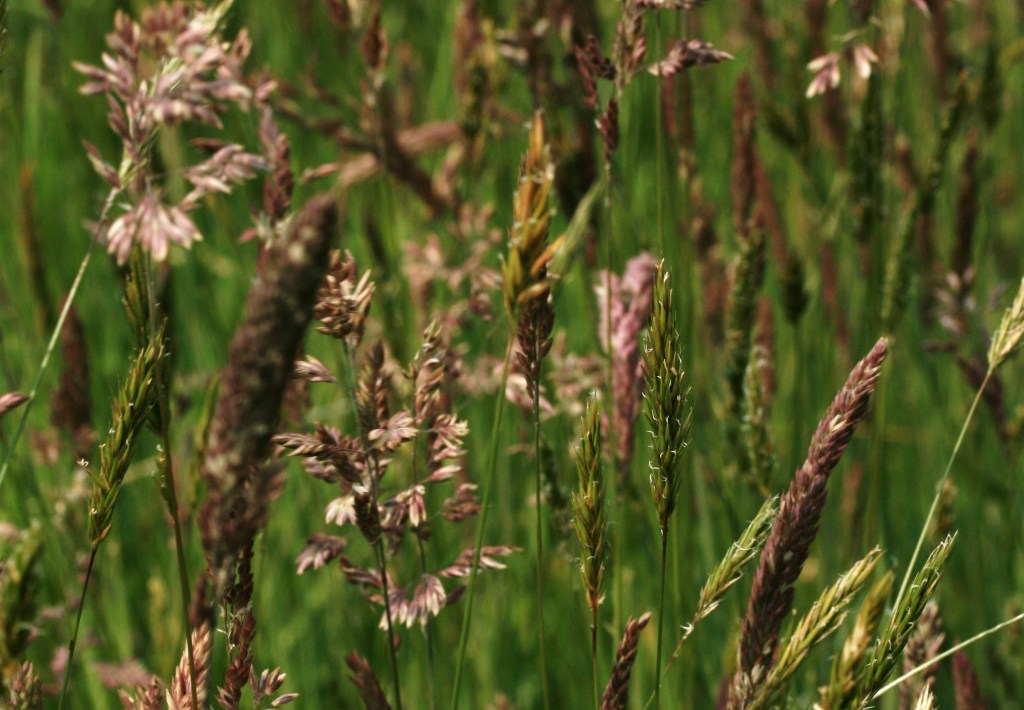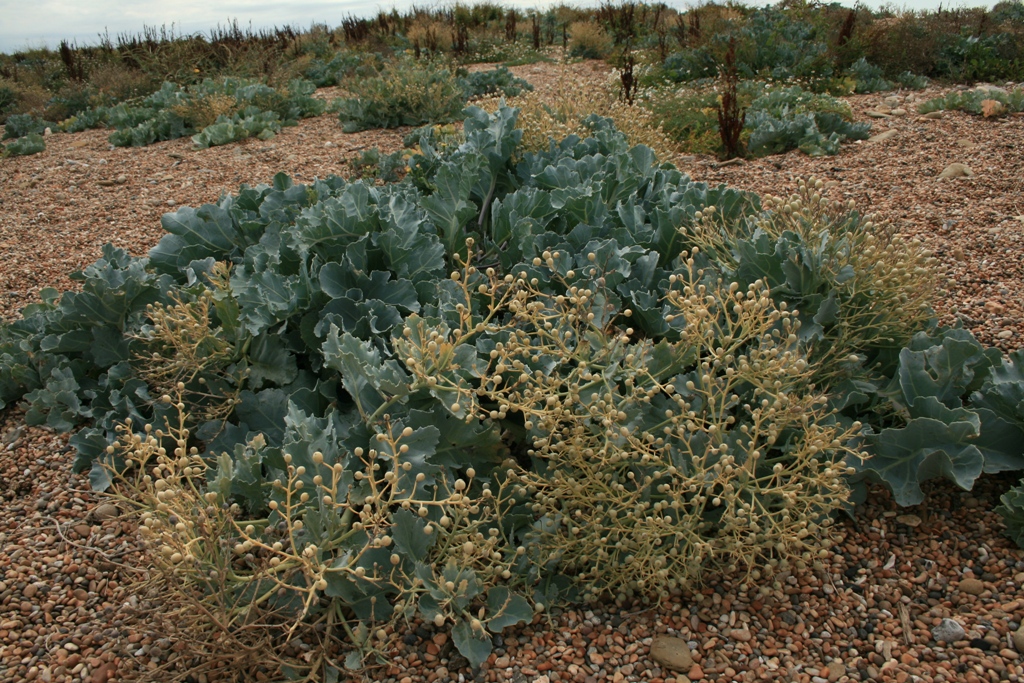This family of the Lamiacea or the Deadnettle family (family 128 in Stace) is one of my favourites for the flowers and herbs it gives us. The insects and in particular the bees also love it for the nectar the flower provides.
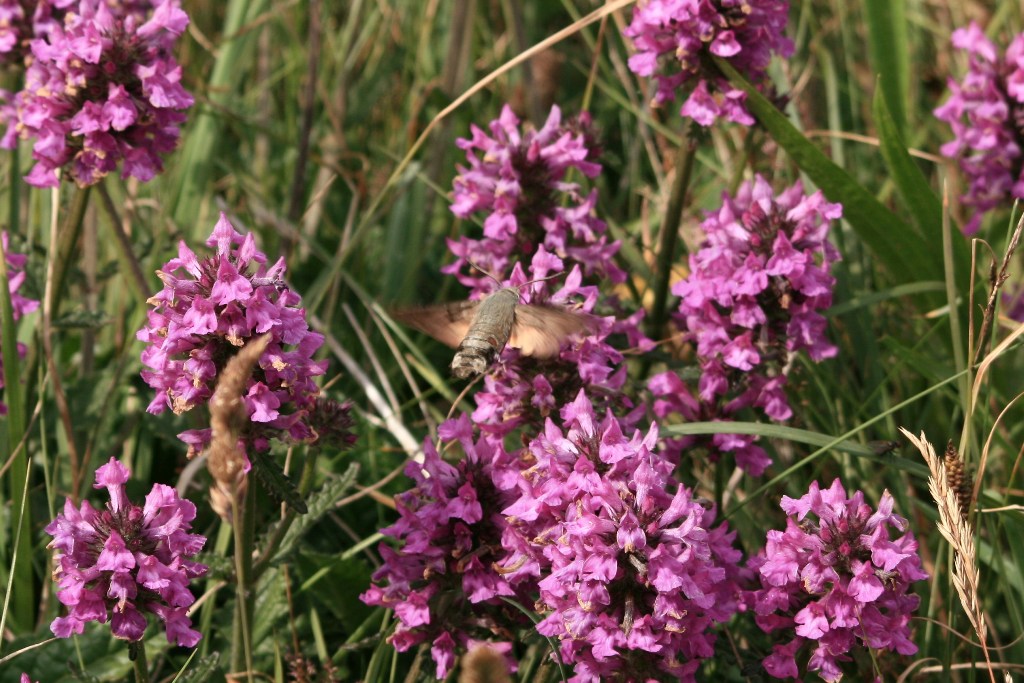
It is a large family in the B.I. with 27 genera. To identify to genus level, Stace has split them into 8 groups. Not all genera are native but may be garden escapes. As it too large for one week I will spread this family into 3 separate blogs and weeks.
To make life even easier for identifying the plants the taxonomists also have sub divided this large family world-wide into 4 Subfamilies, where again the genera in those groups have similar characters.
This is the whole idea about classification to make sense to all that variety out there!
To summarize, I will place only the native as well as Archyophytes into those, so numbers missing genera below are either not native or have no connection with us people, which is the whole idea of this virtual ethnobotanic blog. On the next page you can find the uses for all the members of the first 2 Subfamilies:
Blue background for general interest. Green background for general uses and wildlife. Pink background for medicinal uses. Pictures by Matt Summers unless otherwise stated.
Continue reading “The Deadnettle family or Lamiaceae part 1”
